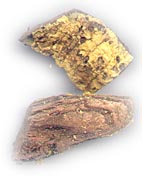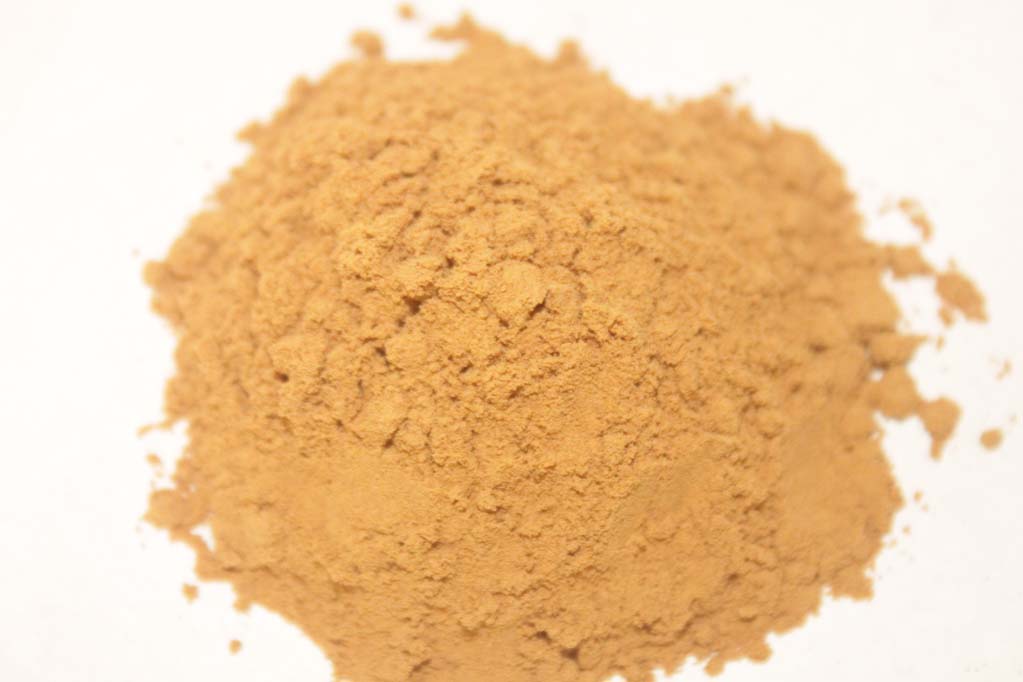




Salacia reticulata roots are bitter, acrid, vulnerary, liver tonic and stomachic. Salacia reticulate is useful in conditions of vata, diabetes, leprosy, skin diseases and colic. Salacia reticulata was attributed to its intestinal a-glucosidase inhibitory activity. A-Glucosidase inhibitors retard the digestion and hence absorption of carbohydrates in the small intestine that prevents the increase in blood glucose concentration after a carbohydrate load. Salacia reticulata shows hepatoprotective effects and also used as liver tonic. Salacia reticulata is effective in case of rheumatism, skin diseases and inflammation.

Sapindus murukossi is popularly known as Three-leaf Soapberry. Sapindus murukossi (Soap nuts) have become popular as an alternative to laundry detergent among those who are trying to live in an environmentally friendly style. A few Sapindus murukossi nuts can be placed in a cotton drawstring bag in with a washload and reused several times until the nuts turn black. Fruit posses emetic, tonic, astringent and antihelmintic properties and are used in treatment of asthma. Sapindus murukossi Roots and bark are employed as a mild expectorant and demulcent.

Sida cordifolia is aphrodisiac, analgesic, anti-inflammatory and tonic in nature. Sida cordifolia effects on central nervous system and provides relief from anxiety. Sida cordifolia is used to reduce the body weight. Sida cordifolia lowers the blood pressure and improves cardiac irregularity. Sida cordifolia is useful in fevers, fits, ophthalmia, rheumatism, leucorrhoea, micturition, gonorrhoea, colic, nervous disorders and general debility. Sida cordifolia root juice is used for the healing of wound. Whole plant juice is used in spermatorrhoea. Sida cordifolia is effective in curing facial paralysis and sciatica. Sida cordifolia is also used to improve sexual strength. The oils are used topically to the sore muscles, sore joints in arthritis and rheumatism, in sciatica and neuritis of legs. Sida cordifolia is diaphoretic in nature and increases perspiration and thus reduces fever.

The bark, seeds, flowers and the fruits of Saraca indica (Asoka) are used for medicinal purpose. When used externally, the paste of Saraca indica bark – skin is beneficial in combating pain associated with oedema or swelling. Internally, Saraca indica is effectively used in women to treat various gynaecological disorders. The decoction of Saraca indica is given in dosage 10 – 15 ml, two or three times daily, to arrest excessive menstrual bleeding. Saraca indica imparts excellent results in dysmenorrheal, where menstruation is associated with colicky abdominal pain. Saraca indica (Asoka) reinforces the uterine musculature, hence is benevolent in prolapse or inflammatory conditions of the uterus. Saraca indica also has a remarkable healing effect of the endometrium or the mucous membrane of uterus and a stimulant action on the ovary. As a whole, Saraca indica renders the puissant rejuvenative actions on the uterus, hence aptly called as garbhasaya rasayana, menaing – the uterine tonic. The decoction of skin of Saraca indica (Asoka) by itself, or mixed with equal quantity of milk, effectively mitigates menorrhagia, leucorrhea, the medicated wine of Asoka, Asokarista, is an excellent remedy for irregularities of menstrual cycle. Women who have tendency towards abortions and miscarriages should be treated, with great benefit, with Asokaghrta – the medicated ghee of Asoka from the fourth month of pregnancy onwards (second trimester). Due to its astringent taste and cold potency, Saraca indica (Asoka) is salutary in arresting the bleeding or haemorrhages in dysentery, colitis, piles, and raktapitta. (Bhavaprakasa). It combines well with asvagandha as uterine tonic. Saraca indica (Asoka) seeds are diuretic – increase the quantity of urine, hence used in strangury and urinary stones. The Saraca indica flowers are considered to be a uterine tonic and are used in vitiated conditions of pitta, syphilis, cervical adenitis, and hyperdispepsia – excessive thirst, burning sensation, piles and dysentery.

Symplocas racemosa is useful as a specific remedy for uterine complaints, vaginal diseases and menstrual disorders; menorrhagia and leucorrhea. It is also useful in treating vaginal ulcers. Symplocas racemosa bark is useful in treating bowel complaints such as diarrhea, dysentery, dropsy, eye diseases, liver complaints, fever, ulcers, scorpion sting etc. Symplocas racemosa bark is often employed in the preparation of plasters and is supposed to promote resolution of inflammatory masses and exudates. Symplocas racemosa is administered in cases of menorrhagia due to relaxation of the uterine tissue. Alcoholic extracts and watery extracts of the Symplocas racemosa (Lodh) are very frequently used by the medical profession as astringents for the looseness of the bowels. The decoction of Symplocas racemosa is used as a gargle for giving firmness to spongy and bleeding gums and in relaxed uvula.
